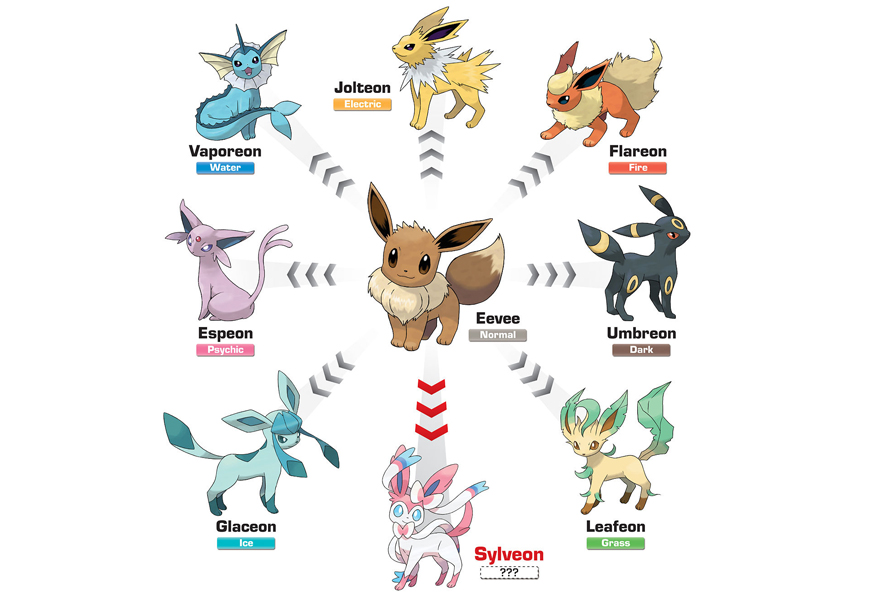Adjusting to the time change after daylight savings can be challenging, especially for those experiencing Seasonal Affective Disorder…
As the days shorten and daylight savings time takes effect, a significant number of people find themselves battling a form of depression known as Seasonal Affective Disorder (SAD). This mood disorder is characterized by depressive symptoms that occur at a specific time of year, typically in the fall and winter months when daylight hours are reduced.
Adjusting to the time change after daylight savings can be challenging, especially for those experiencing SAD… However, with the right strategies, both treatment and prevention of SAD are within reach.
Here are a few strategies for treating and preventing SAD as we adjust our clocks and routines.
Understanding Seasonal Affective Disorder (SAD)
Seasonal Affective Disorder is a cyclic, seasonal condition that can cause depression, lethargy, and a loss of interest in everyday activities. It’s believed to be triggered by the reduced level of sunlight in fall and winter, which can upset your biological clock (circadian rhythm) and lead to a drop in serotonin and melatonin levels, affecting mood and sleep.
Treatment Options for SAD
1. Light Therapy:
One of the primary treatments for SAD is light therapy or phototherapy. It involves sitting near a light therapy box that emits a very bright light (and filters out harmful UV rays). This exposure can help improve symptoms by mimicking natural outdoor light, believed to cause a chemical change in the brain that lifts mood and eases other symptoms.
2. Medication:
In some cases, doctors may prescribe antidepressants to help alleviate the symptoms of SAD. Selective Serotonin Reuptake Inhibitors (SSRIs) are commonly used to treat SAD, and it’s important to work with a healthcare provider to find the most effective medication.
3. Psychotherapy:
Cognitive-behavioral therapy (CBT) has been adapted for SAD (CBT-SAD), focusing on replacing negative thoughts related to the winter season with more positive thoughts. CBT can also involve behavior therapy that emphasizes the importance of a regular schedule during winter months.
4. Vitamin D:
Since reduced sunlight can cause a Vitamin D deficiency, supplementing with Vitamin D may help improve symptoms. However, you should check with your healthcare provider before starting any new supplements.
Preventive Strategies
1. Maximize Exposure to Natural Light:
Take every opportunity to expose yourself to natural sunlight. Spend time outside during daylight hours, and arrange your home and workspace to receive as much sunlight as possible.
2. Maintain a Regular Schedule:
Keeping a regular schedule can help regulate your body’s clock. Try to wake up at the same time every day, eat meals at regular times, and establish a bedtime routine that allows for adequate sleep.
3. Exercise Regularly:
Physical activity can relieve stress and anxiety, both of which can increase SAD symptoms. Exercise can also increase your energy levels and help you feel less tired.
4. Stay Social:
Social interaction can often take a back seat during the winter months. Make an effort to maintain your social activities and connect with friends and family. Social support is crucial for managing symptoms of depression.
5. Practice Stress Management:
Stress can exacerbate the symptoms of SAD, so practicing techniques such as yoga, meditation, or deep breathing exercises can be beneficial.
6. Plan Ahead:
If you know you’re prone to SAD, plan ahead by starting light therapy in early fall before you typically experience symptoms. It can be helpful to schedule a check-up with your healthcare provider before the fall to discuss preventive measures.
* If you suspect you’re dealing with SAD, seek the advice of a healthcare professional to create an appropriate treatment plan. With support and appropriate interventions, the winter months can become a time of well-being rather than a period of distress.












